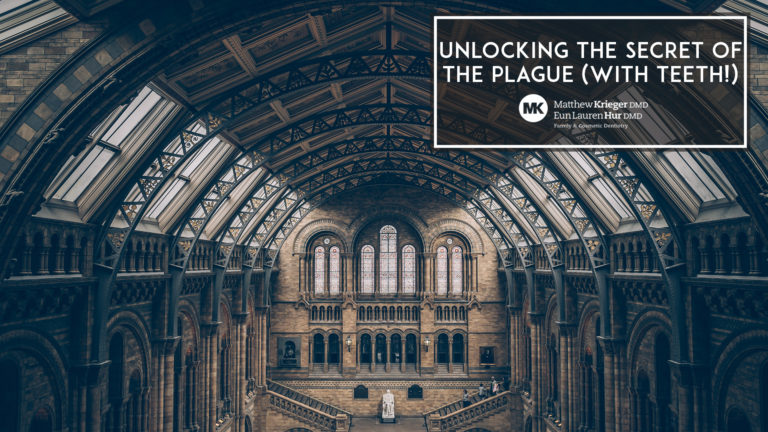When you’re standing in the toothbrush aisle in any random retail location, staring down the terrifyingly huge selection of manual toothbrushes available today, do you wonder to yourself what kind of secrets they hold? What makes one toothbrush cost three times another?
I’m here to clear that up today. Today we’re going to talk about manual toothbrushes so that next time you’re out shopping for one, you’ll know when you’re getting the best of the best. Let’s get started!
1. There is such a thing as bristles that are too hard.
One of the first (and sometimes the only) thing people notice about manual toothbrushes is how hard or soft they are. Generally, you can choose between soft, medium and hard bristles. Soft brushes are best for people with soft gums or corroding enamel. Medium bristles are good for just about anybody.
Hard bristles, though, they’re only for those people with gums tough as leather. Since they’ve been shown to cause gum recession, lesions and even bleeding if you use excessive force, they’ve fallen out of popularity. You can still get hard-bristled brushes but don’t unless your dentist recommends one for your specific needs. These baddies can even wear away your tooth enamel.
2. The shape of your toothbrush head doesn’t really make a lot of difference.
There are two basic toothbrush head designs: diamond-shaped and conventional. The diamond-shaped heads have a more narrow tip that makes it easier for some people to get to the back and sides of their molars. Regular heads are larger than diamond-shaped heads, giving you more bang with each stroke.
Either way, they’ll clean your teeth pretty much the same, so go with your gut. Or buy both and put them head to head.
3. There are actually pretty strict standards for toothbrush bristle designs.
If you want a really good clean from your toothbrush, start with the bristle design. Different designs are more than aesthetic, they can perform different functions in your mouth. For example, you know that toothbrush with the round bristle cups? It’s really good for removing surface stains.
Criss-cross bristles, on the other hand, are made for getting rid of plaque more effectively. Wavy bristle designs are meant to reach tooth surfaces that are adjacent.
More Toothbrush Trivia!
There are plenty of brushes that can work as supplemental tools along with your manual brush. Admittedly, some of these look more like they were designed for torture than for cleaning, but they really do get the job done.
- Interdental toothbrushes are meant to clean the sections between your teeth or between the wire and the tooth if you wear braces. When used properly, they can really make a difference to your oral health. They appear in sizes from 1 to 7, you may need to try a few before you find the right interdental toothbrush for you.
- End tuft brushes make it easy to reach inaccessible areas in your mouth. The designs vary, but they all share the small solitary tuft of bristles on the end. If you get a crown or have any sort of implant, an end tuft brush is definitely must-have hardware.
- The sulcabrush was designed specifically for cleaning below the gum line for people with gum disease. It also has a single tuft at the end, but it’s meant to be used vertically. The trick is to get the bristles to splay out so they can get under the gum line to clean the pockets there. You should rinse between teeth when using a sulcabrush.
We Welcome All Kinds of Brushers
No matter if you’re Team Electric or Team Manual, you’re still going to need a cleaning sooner rather than later if you want those teeth to keep their vibrant shine. We recommend you stop by once every six months to let us check things out and give you a quick polish.
Drs. Krieger and Hur are experts in cosmetic dentistry. We can help you with your dental needs, whether that means a new crown or having an Invisalign fitting. Just give us a call at 201-560-0606 or send us an email by clicking here.


